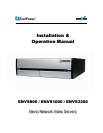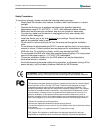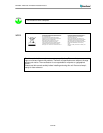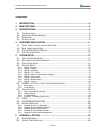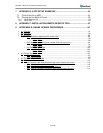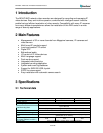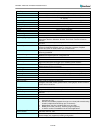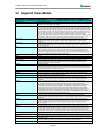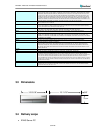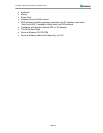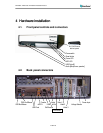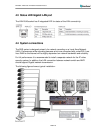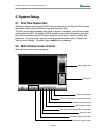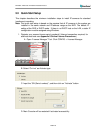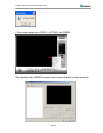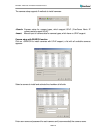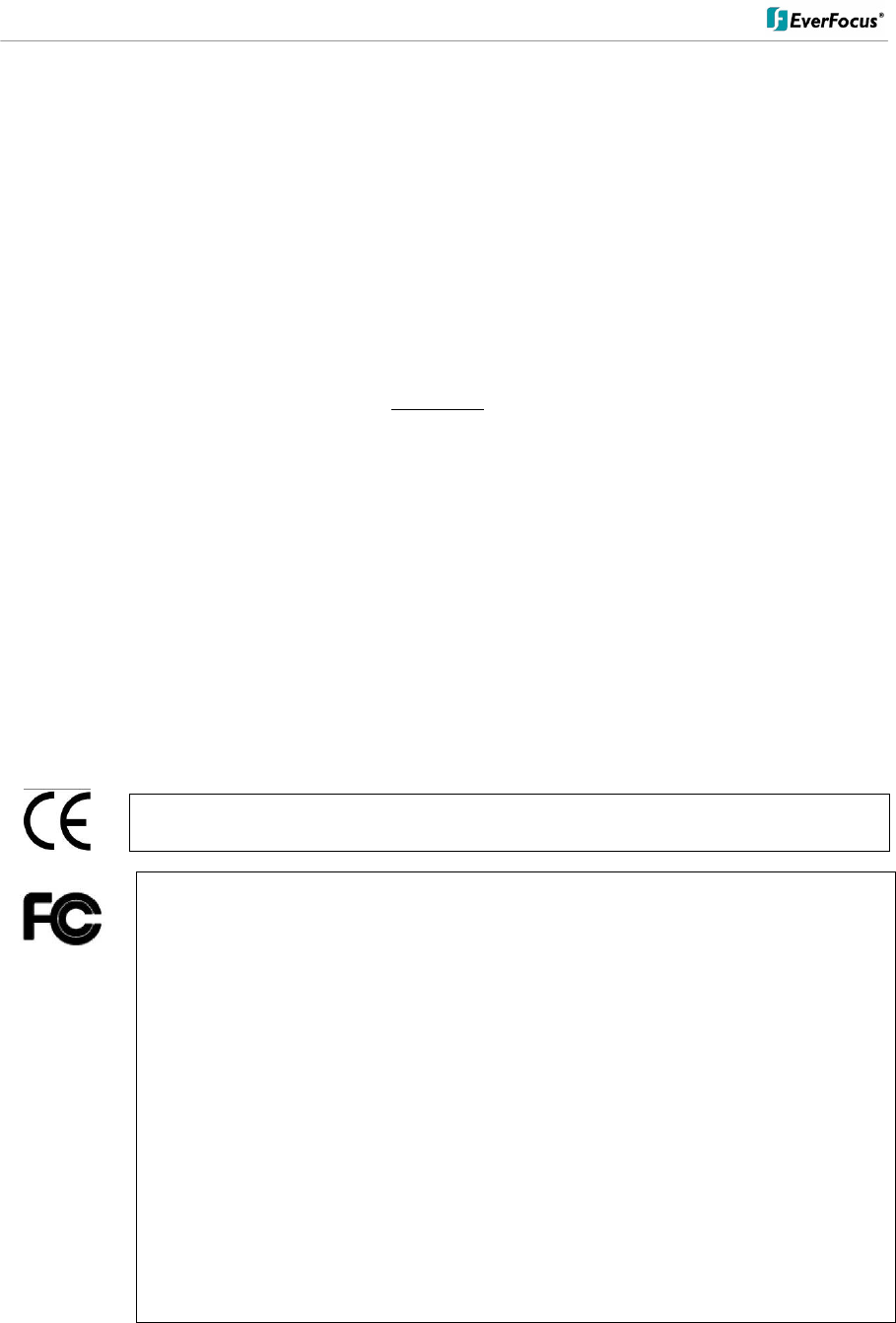
ENVS800 / ENVS1600 / ENVS3200 Installation Manual
2 of 115
Safety Precautions
To avoid any damage, please consider the following safety warnings:
• Never place the recorder near heaters, furnaces, other heat sources or in direct
sunlight.
• Operate the device only in locations maintaining the specified operating
temperature range 0°C~40°C/32°F ~ +104°F, with moderate relative humidity.
• Make sure that the device‘s ventilation slots are not covered or obstructed.
• For cleaning, make sure the device is unplugged and only use a damp cloth
without caustic detergents.
• Install the device only in dry and dustproof surroundings. Protect the device
against any possible leaks or spills.
• Do not insert or allow anything to fall into the enclosure through the ventilation
slots.
• Do not attempt to disassemble the NVR. To prevent electric shock, do not remove
screws or covers. Contact qualified service personnel for maintenance. Handle the
NVR with care. Do not strike or shake, as this may damage the NVR.
• Do not operate the NVR with other than specified power supplies. The input power
source of the power supply is ~115 VAC/~230 (switchable).
• Choose an installation location for the NVR where it will not be subjected to
mechanical shock or vibration.
• Avoid disconnecting the power cable during operation, or otherwise turning off the
power abruptly; use the orderly shutdown methods for MS Windows.
ATTENTION!
This is a class A product which may cause radio interference in a
domestic environment; in this case, the user may be urged to take adequate measures.
Federal Communication Commission Interference Statement
This equipment has been tested and found to comply with the limits for a Class B digital
device, pursuant to Part 15 of the FCC Rules. These limits are designed to provide
reasonable protection against harmful interference in a residential installation. This
equipment generates, uses and can radiate radio frequency energy and, if not installed
and used in accordance with the instructions, may cause harmful interference to radio
communications. However, there is no guarantee that interference will not occur in a
particular installation. If this equipment does cause harmful interference to radio or
television reception, which can be determined by turning the equipment off and on, the
user is encouraged to try to correct the interference by one of the following measures :
•Reorient or relocate the receiving antenna.
•Increase the separation between the equipment and receiver.
•Connect the equipment into an outlet on a circuit different from that to which the receiver
is connected.
•Consult the dealer or an experienced radio/TV technician for help.
FCC Caution: Any changes or modifications not expressly approved by the party
responsible for compliance could void the users’ authority to operate this equipment.



